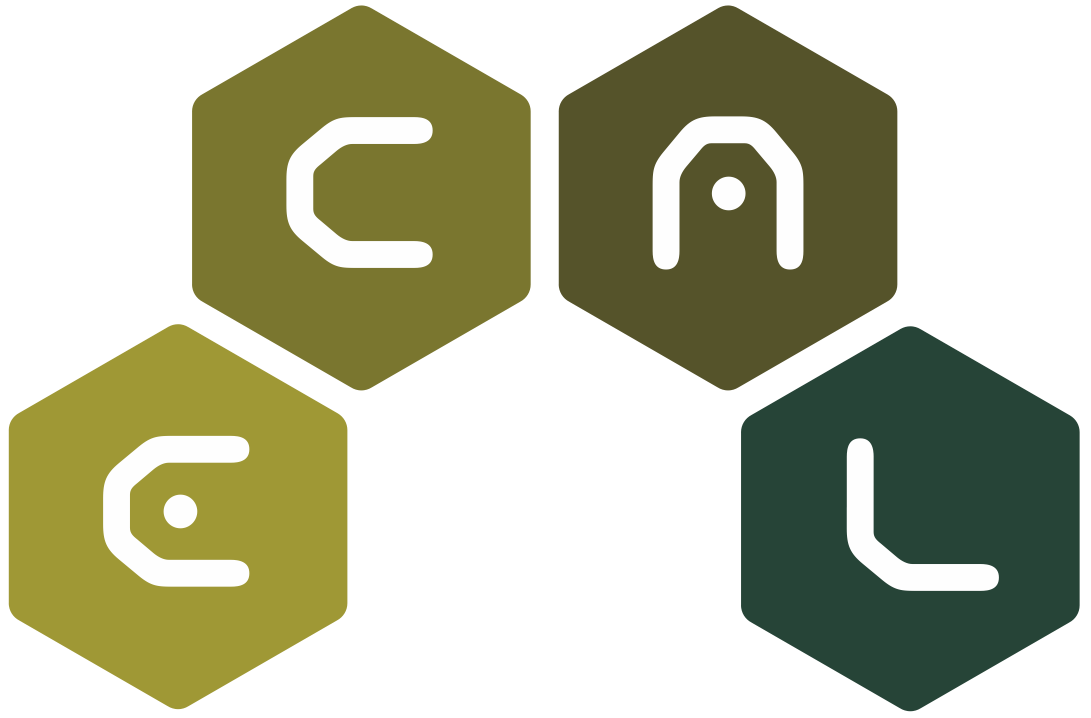Title
Effects of Social Network Size and Topology on Evolutionary Decision Making

Effects of Social Network Size and Topology on Evolutionary Decision Making
Download via this paper's page on the MIT Press ECAL 2015 Proceedings website.
Collective decision making is crucial in human organizations and societies. When a collective is working on exploration of problem space and/or ideation for creative solutions, the evolutionary perspective is useful for conceptualizing and modeling collective decision making, where populations of ideas spread and evolve on a social network habitat via continual applications of evolutionary operators by human individuals (Sayama & Dionne 2015).
Using an evolutionary approach to model collective decision making, we conducted agent-based simulations to investigate how collective decision making would be affected by the size and topology of social network structure (Sayama, Dionne & Yammarino 2013). In our model, each agent has its own utility function defined over a multi-dimensional problem space, which is marginally different from the “true” utility function that is not accessible from any agent. Each agent can memorize multiple ideas in mind, and iteratively applies evolutionary operators (e.g., replication, mutation, recombination, elimination) to the idea population it has. The outcomes of evolutionary operations are stored in the agent’s mind, and also sent to the neighbors to which the agent is connected. This allows the spread of ideas through social ties.
Each simulation was run for a fixed number of iterations, and then the level of idea convergence at a social level and the true utility value of the most supported idea were measured as the performance metrics of collective decision making. The former metric characterizes the ability for the society to form consensus, while the latter characterizes its ability to find the true best solution. The size of the network (number of agents or nodes) was varied from 5 to 640 logarithmically. Three network topologies with the same average node degree were tested: Random, small-world and scale-free. For more details of the model and the simulation settings, see Sayama, Dionne & Yammarino (2013).
Simulation results indicated that expanding the size of the social network generally improved the quality of ideas at the cost of decision convergence. Simulations with different social network topologies further revealed that collective decision making on small-world networks with high local clustering tended to achieve highest decision quality more often than on random or scale-free networks (Fig. 1). This can be understood in that local clustering helps agents in different regions in a network maintain their respective focus areas and engage in different local search, possibly enhancing the effective parallelism of collective decision making and therefore resulting in a greater number of successful decisions. In contrast, the links in random and scale-free networks are all “global”, mixing discussions prematurely and therefore reducing the effective parallelism of collective decision making. These observations have an interesting contrast with the fact that random and scale-free networks are highly efficient in information dissemination because of their global connectedness. Our results indicate that such efficiency of information dissemination may not necessarily imply the same for collective decision making. This work may also offer an evolutionary explanation for the nontrivial relationship between network clustering and problem solving, a problem that is actively debated in organizational science (Shore, Bernstein & Lazer 2014).